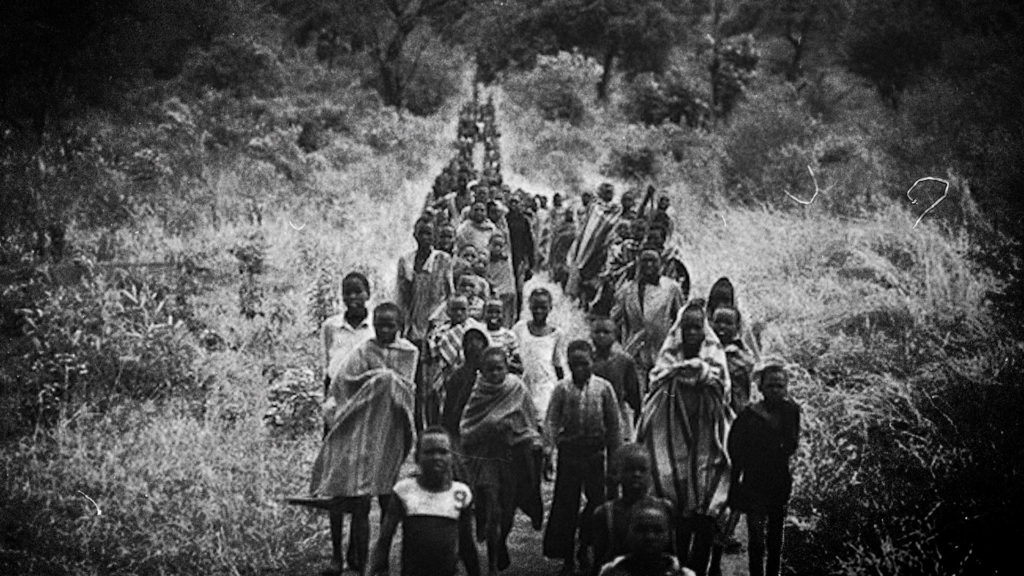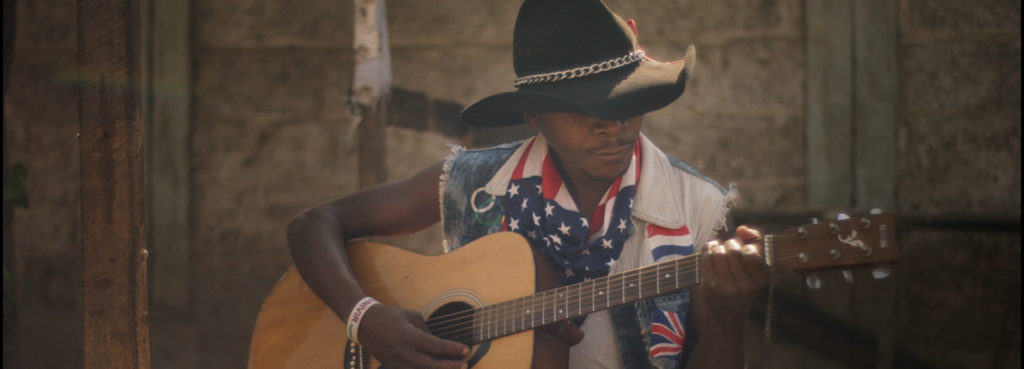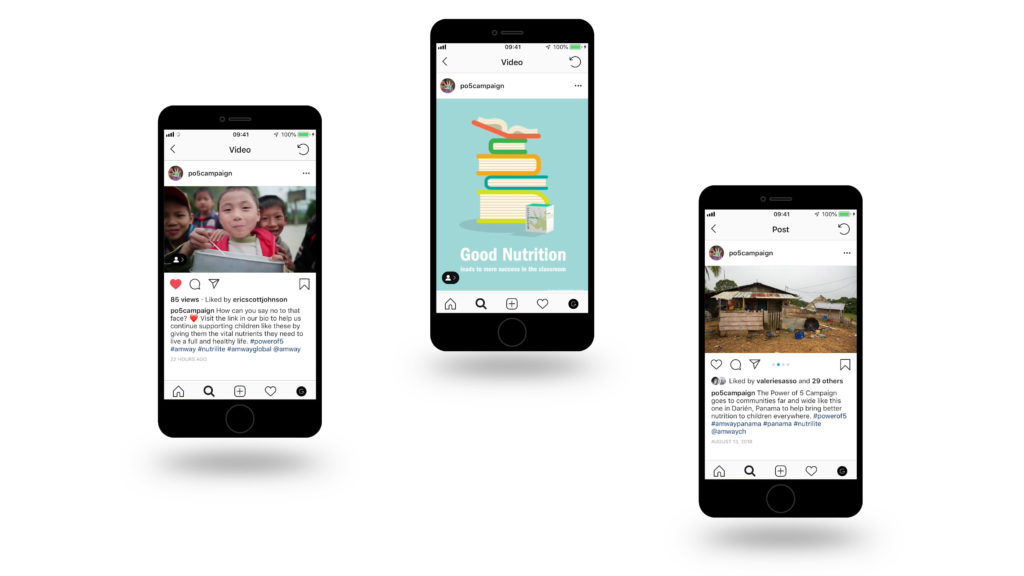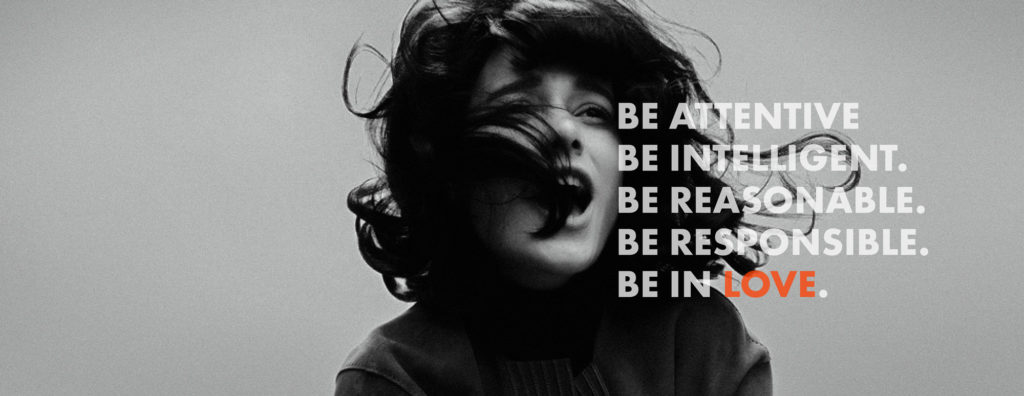Deluge is a lovely word. If you’re a natural English speaker, it forces your mouth into those lovely, sensual shapes so familiar to our French cousins. Go ahead. Say it. Out loud. Right now. D’leiu—zzzhh.
It’s also a word to describe today’s media environment. How much information
A deluge.
There’s. So. Much. Stuff.
And some of it even matters.

This is truly an amazing age for communication, but let’s be real: it brings real challenges, for brands and advertisers, as well as for audiences. The basic physics of human attention dictate that there is only so much one brain can handle, and audiences are beginning to experience some very real, very negative effects of information overload.
Neurological studies are showing that our Internet habits are rewiring our brains, and with them, dulling our ethical processes and decision-making abilities.
It’s common knowledge that the state of our social discourse is in a very dangerous place. Every day brings a new example of how ugly things can get in the media.
We use words like binge to describe our media habits, words which, when we use them to describe our eating habits, clearly connote disease and addiction.
The comparison with food is especially apt. In fact, the explosion in media production is very much like the explosion in food production in the last century. In that time, through breakthroughs in food production and global distribution, billions of people were brought out of extreme poverty and toward healthier lives. But the same mechanisms that provided all that good also gave us high fructose corn syrup, new and deep addictions to sugars, and history’s first epidemic of obesity.
In similar fashion, the same communications miracles which have connected the world have also brought us the challenges listed above.
In food and in media, there’s a lot more good stuff, but there’s also a lot more bad stuff. Stuff that helps and stuff that harms. How are we to get more of the good stuff and less of the bad?
The answer begins not with what we make, or how we make it. The answer begins with why we make it.
Today’s media promises deep, meaningful, two-way communication. It promises a space where there is not a single speaker, advertising only what and how that speaker wants, telling you what to think. Today’s media promises what thinkers at the Mars Corporation call “an economics of mutuality.”
The techniques and tools for this sort of interactive media are varied and ever changing. We’re all familiar with them. But underneath every tool and technique we use to communicate, lies something essential which, if it isn’t there, will spoil any attempt to create a truly mutual interaction, a truly mutual economics, a truly effective piece of communication.
What is this essential thing? What is it that turns potential noise into something like media music? What is this activity that transforms just another packet of ones and zeros into the occasion for real human connection?
To will the good of the other.

To will the good of the other means you take the time to appreciate the deep human value of what is happening, to ask interesting questions about how and why what we’re doing together is meaningful, to see and to show something that rewards attention, and to create something that embodies, even if in a tiny way, something truly human.
This is not an activity that happens at a different stage from actually making the media we send out into the world. It is not “a department.”
It is a habit, a sort of strength that you apply in whatever communication you’re designing, be it a commercial, a social media campaign, a website, a rebrand, a blog post, an email.

‘To will the good of the other.’ As campy as it sounds, that phrase comes from a very old, classical definition. It is the definition of love.
Human media is created by a thousand techniques, but love is the substrate, the foundation.
So when you’re looking to cut through the noise, to offer something to the world that provides them with something meaningful, to create an economics of mutuality, to build media that connects people and doesn’t divide them, this is sine qua non, the essential bit, the magic, the underlying foundation, the substrate.
Love is the substrate.
